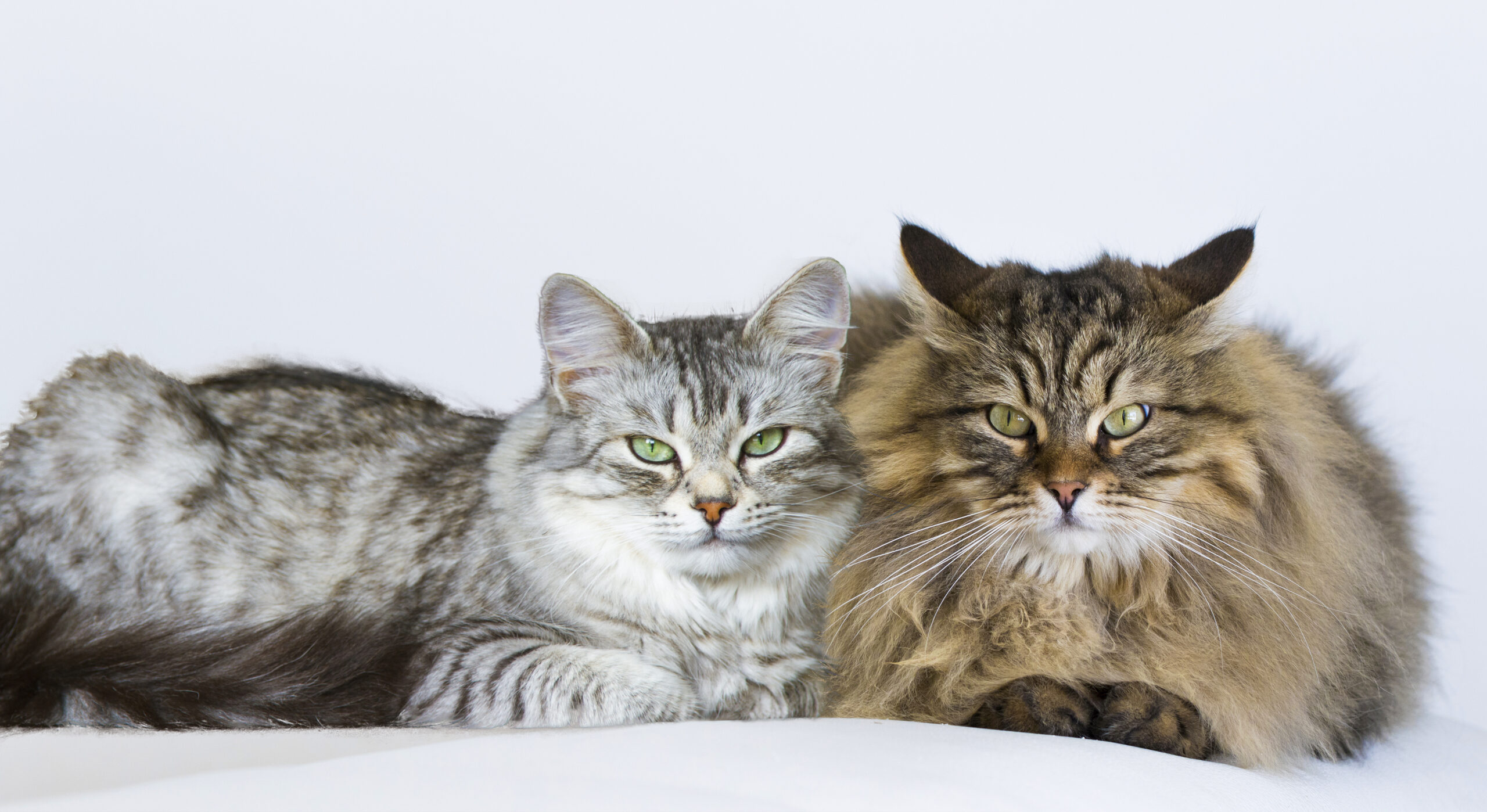Choosing between a male and a female cat can be a significant decision for potential pet owners. Each gender comes with its own set of characteristics and behaviors that might align differently with your lifestyle or preferences.
This list explores the key differences between male and female cats, helping you make an informed choice that best suits your household.
1. Physical Size And Build
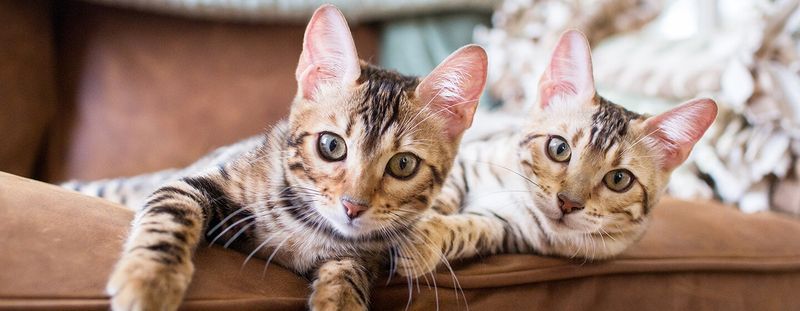
When it comes to size, male cats generally have a larger and more robust build compared to their female counterparts. This difference is often noticeable once they reach adulthood, where males present a more muscular physique.
Females, on the other hand, tend to have a more petite and slender appearance. This size variation can be attributed to natural genetic differences that influence growth patterns. For those considering space in their living environment, or handling ease, the physical build of the cat might be a factor worth considering.
An interesting aspect of size is how it affects their play style. Larger male cats might engage in rougher play, while females could exhibit more graceful movements. However, these traits can vary greatly depending on individual personality.
2. Personality Traits
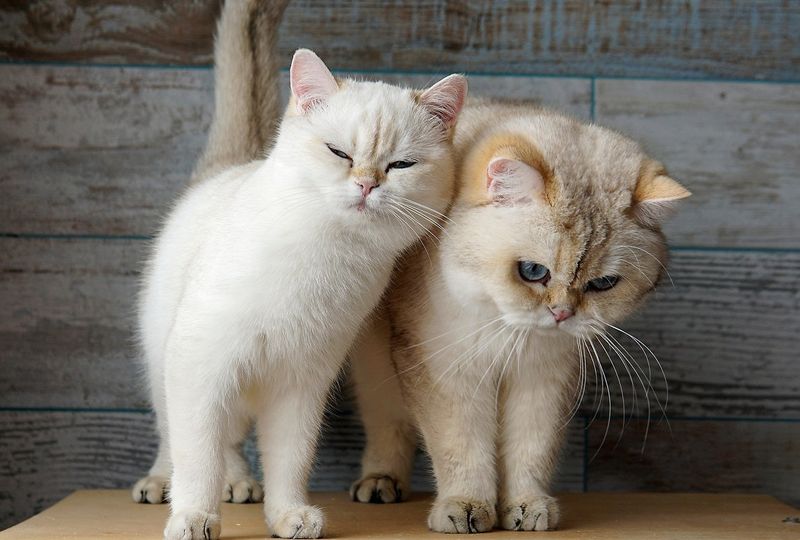
Cats’ personalities can vary significantly between genders. Male cats are often described as more outgoing and sociable, with a tendency to enjoy interaction with humans and other pets. This makes them a great choice for families looking for a playful companion.
Female cats, in contrast, may appear more reserved and independent. They often prefer to observe before engaging and can be more selective in their interactions. These generalizations, however, are not rules.
Each cat has its own unique personality, and individual upbringing also plays a crucial role. Understanding these tendencies can help in choosing a cat that fits your household dynamics.
3. Territorial Behavior
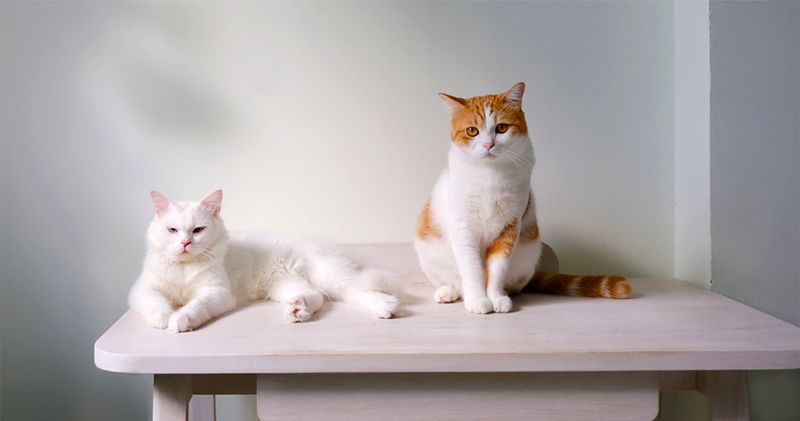
Territorial behavior is another key difference between male and female cats. Males are more likely to exhibit behaviors such as marking territory with urine, especially if they are unneutered. This can be a significant consideration for those who wish to maintain a clean home environment.
Female cats, while territorial, often show less inclination to mark territory physically. Their ways of asserting dominance can be subtler, such as through behavior or vocalizations. Understanding these behaviors can help in managing and preventing potential issues.
Neutering male cats is a common solution to reduce territorial marking, making them more suitable for indoor living.
4. Vocalization Patterns

Vocalization can differ between male and female cats, influencing their communication with humans and other animals. Male cats are often known to be more vocal, with a wide range of meows used to express their needs or demand attention.
This can be charming for those who enjoy a chatty pet. Female cats typically exhibit a quieter demeanor, using softer purring or minimal meowing. This can create a more serene environment, particularly appealing for quieter households.
These traits, however, can vary greatly from one cat to another. Observing these vocal patterns can be beneficial in understanding your cat’s needs and enhancing the human-cat bond.
5. Grooming Habits
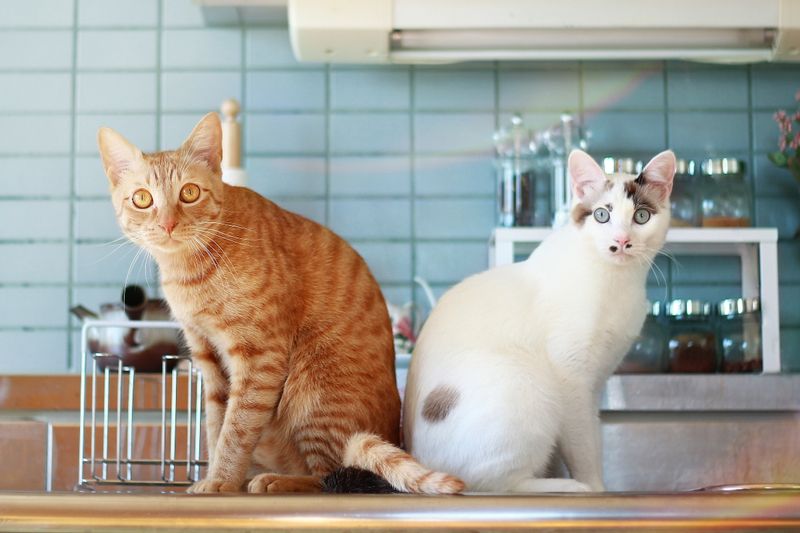
Both male and female cats maintain high standards of hygiene, but their grooming habits can differ slightly. Male cats are known for their thorough grooming routines, often spending considerable time ensuring their coat is clean and free of tangles.
Female cats, on the other hand, often extend their grooming habits to other cats or even their owners, engaging in social grooming as a form of bonding. This behavior emphasizes their nurturing instincts and can strengthen relationships within multi-cat households.
Understanding these habits can aid in maintaining your cat’s coat health and ensuring that they feel comfortable and clean in their living environment.
6. Lifespan And Health
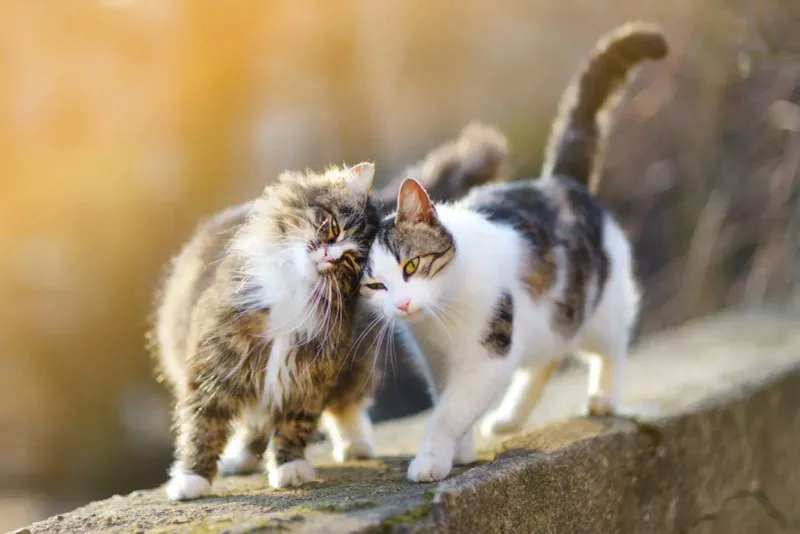
Lifespan and health considerations can influence the choice between a male and female cat. On average, female cats have been shown to live slightly longer than males, a fact that might weigh into the decision for those looking for a long-term companion.
Health issues can vary between genders, with males more prone to urinary tract infections, particularly if they are neutered. It’s essential to monitor their health closely and maintain regular veterinary check-ups.
Recognizing these differences can assist in providing the best care for your pet and preparing for any gender-specific health challenges that may arise over time.
7. Playfulness And Energy Levels
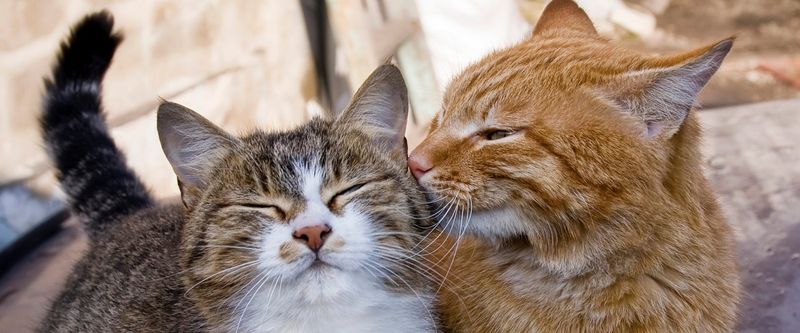
Playfulness can differ notably between male and female cats. Male cats often display higher energy levels, engaging in rough-and-tumble play that can be both entertaining and exhausting. This characteristic is ideal for active families or those who enjoy interactive play with their pets.
Female cats, in contrast, might prefer more delicate play, such as batting at toys with a gentle paw or observing from a distance. This behavior might suit quieter homes or individuals looking for a more relaxed pet experience.
Both genders offer unique play styles that contribute to their charm, making them delightful companions in their own right.
8. Compatibility With Other Pets
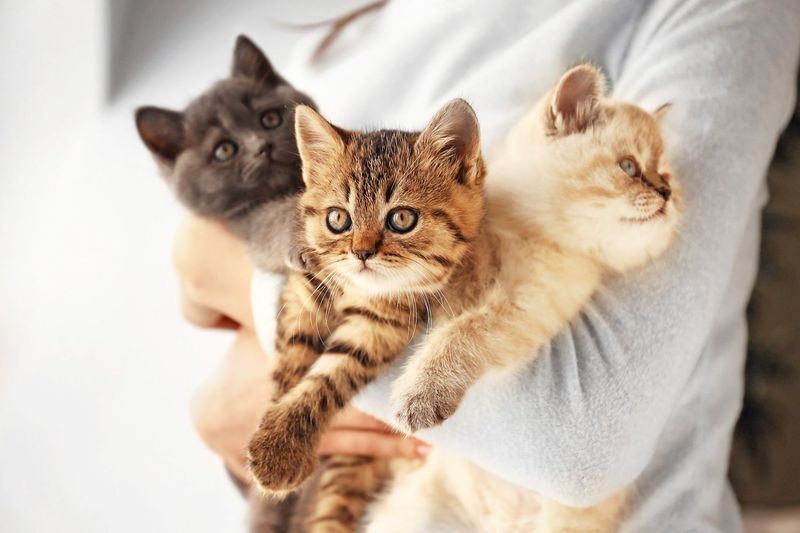
Compatibility with other pets can be a deciding factor when choosing a cat. Male cats are often seen as more adaptable and willing to engage with other animals, making them excellent additions to multi-pet households.
Their sociable nature can foster harmonious living environments. Female cats may exhibit more caution when introduced to new animals. They might take longer to adjust, preferring to establish their territory and boundaries before fully engaging with other pets.
Understanding these tendencies can help ensure a smooth integration of a new cat into your existing pet family, promoting peace and companionship.
9. Nurturing And Parenting Instincts
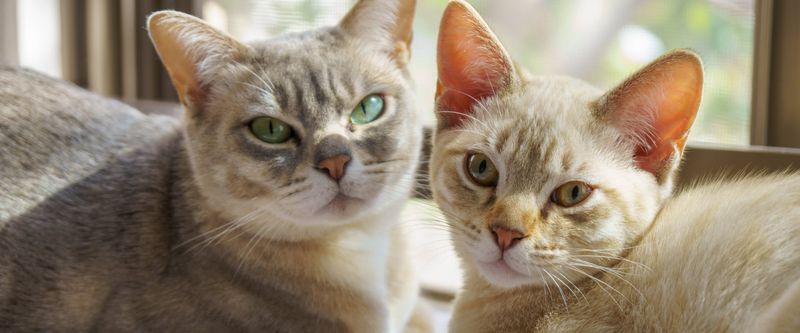
Nurturing instincts are generally more pronounced in female cats, particularly if they have had litters. Their maternal instincts often translate into caring behaviors, not just towards their young but also towards other cats and sometimes their human family members.
Male cats, while not typically parental, can still display protective behaviors towards their households. Though less nurturing, they often form strong bonds and can be exceptionally loyal.
These instincts can influence how cats interact with their environment and those around them, offering emotional connections that are both unique and heartwarming.
10. Independence Levels
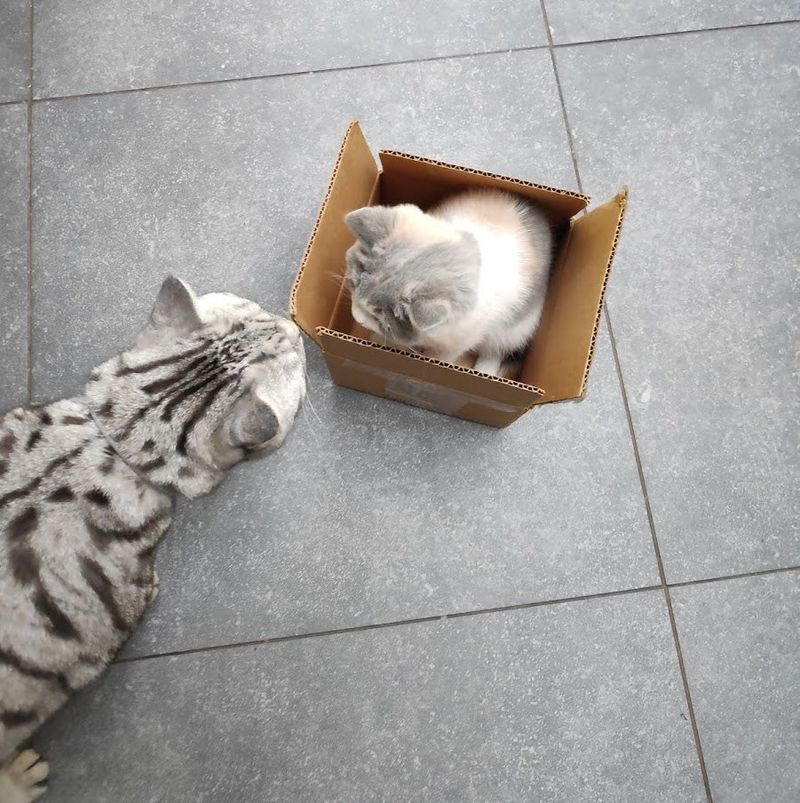
Independence is another trait where male and female cats can differ. Male cats often seek attention and enjoy human interaction, making them less independent than females. Their social demeanor can create a lively home atmosphere.
Female cats typically exhibit a higher degree of independence, content to spend time alone or in quiet reflection. This characteristic can be ideal for individuals who appreciate a pet that doesn’t require constant engagement. It’s important to know the difference between cats with an independent nature, and cats which need help with their social skills!
Understanding these independence levels can help you choose a cat that aligns with your lifestyle, ensuring a harmonious and fulfilling relationship.

